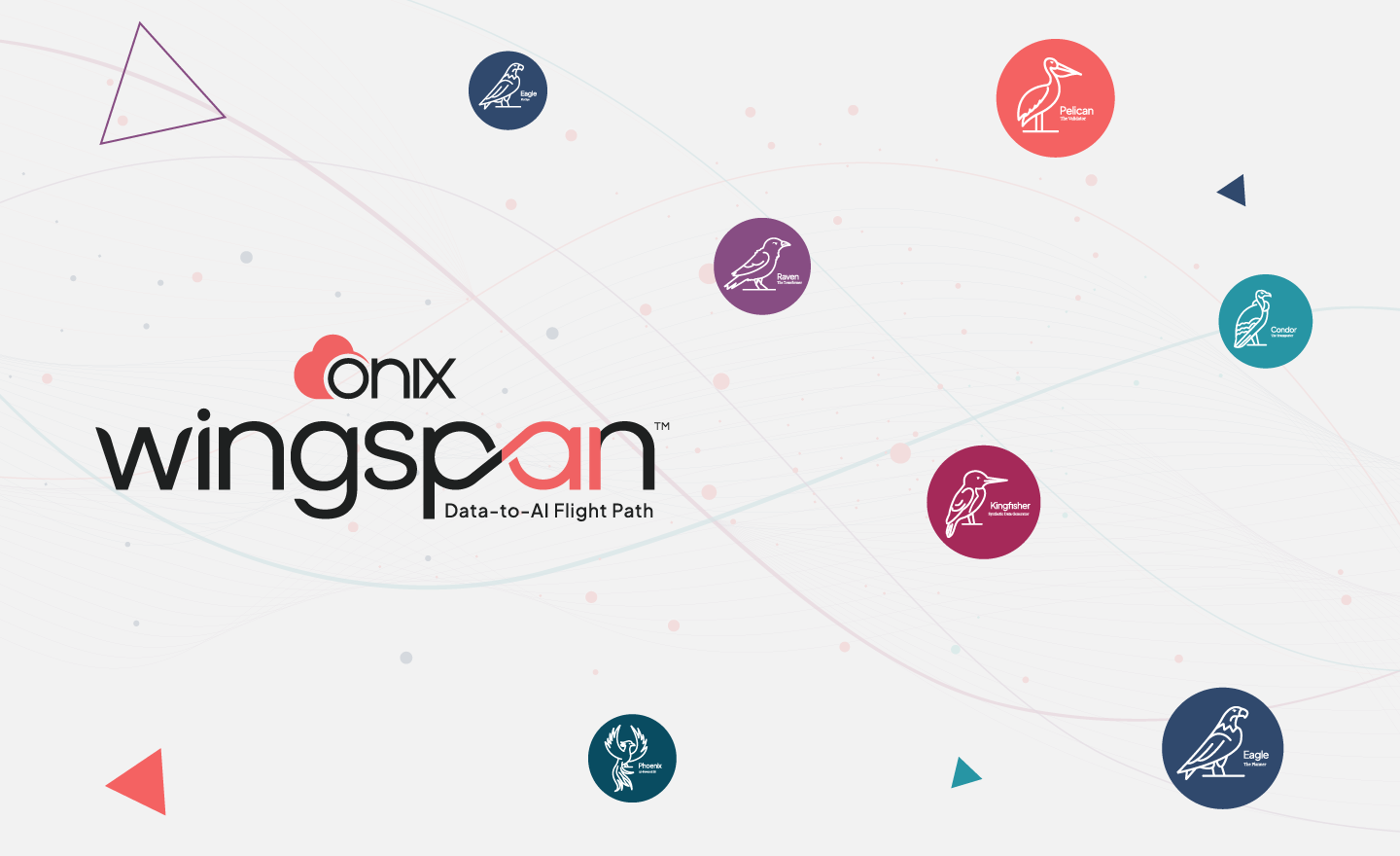“How can we ensure our cloud migration is cost-effective and timely?” This is the most commonly asked question by clients. In a recent collaborative session with our pre-sales team, a colleague echoed this sentiment. We were all pondering over the real challenges our clients face. Talking with various stakeholders like directors, CTOs, and data architects gives us direct access to crucial insights about enterprise data modernization and migration. From these discussions, we decided to create a guide to address the challenges encountered during data modernization and, more specifically, cloud migration to the cloud.
Migration to the cloud aims to free business processes from legacy systems, making data accessible to everyone who needs it. This integration is crucial across on-premises and multi-cloud environments, ensuring scalability, security, and performance. This guide will cover these aspects, helping organizations navigate their digital transformation journey.
The right time to migrate to the cloud is now
In the past year, businesses faced rapidly changing environments and widespread disruptions. They either adapted or were outpaced by more agile competitors. Every organization is now shifting from legacy systems to the cloud for increased agility. Gartner analysts predict more than 85% of organizations will adopt a cloud-first principle by 2025 and the key difference often comes down to modernizing applications and business processes to maintain competitiveness.
Cloud migration journeys often pose challenges and can lead to project failures. In the following sections, let’s explore why cloud migration and data modernization projects fail.
Why cloud migrations really fail
A recent study revealed that 64% of migration projects exceeded their budgets, and only 46% were completed on time. Furthermore, less than 70% of these projects were deemed successful. Assuming any migration project will go smoothly is unrealistic.
Data migration to the cloud might seem simple at first glance. Just transfer your data from one location to another, right? Data engineers do this all the time within their ETL pipelines, and system migrations offer complete control over both source and destination.
In reality, though, it’s far from straightforward. The true challenges lie not just in moving terabytes or petabytes of data, but in managing everything surrounding the data—workflows, access permissions, and complex dependencies. These factors complicate the migration process and introduce significant risks. According to experts, these are the top five reasons why cloud migration fails.
Top 5 reasons why migrations fail
- Lack of solid business case: Cloud migrations often fail without clearly aligned benefits. A strong business case is crucial for cost savings, data accessibility, and performance.
- Underestimated budgets and timelines: Overlooking complexities can lead to unexpected costs and delays. Proper planning and realistic estimation are crucial.
- Migrating all data at once: Attempting to migrate all data at once can overwhelm. Prioritize and phase the migration for better risk management.
- Inadequate testing and disaster recovery: Insufficient testing and disaster recovery planning can lead to data loss and downtime. Thorough testing and planning are essential.
- Neglecting data security: Failing to implement robust security measures risks exposing sensitive information. A comprehensive security strategy is crucial.
It’s not enough to just identify the challenges; One also needs to provide solutions. Having discussed the challenges in the previous section, let’s explore practical steps to simplify your cloud migration journey.
5 Practical steps that will make your cloud migration journey simple
It’s important to note that not every business is primed for a full-scale cloud migration. Successful cloud adoption requires significant resources, robust scalability, high-performance capabilities, and stringent security standards. Careful evaluation is essential to determine if your organization is truly ready to reap the benefits of cloud computing. To simplify your cloud migration journey here are 5 practical steps.
Useful and proven practical steps
Step 1: Establish a solid cloud migration strategy
Align your cloud migration goals with your business objectives, and develop a comprehensive plan that addresses technical, organizational, and financial considerations.
Step 2: Assess and optimize your application portfolio
Evaluate your existing applications, identify cloud-ready workloads, and optimize your application architecture to leverage cloud-native capabilities.
Step 3: Develop a comprehensive change management plan
Successful cloud migration requires a well-structured change management plan to address the organizational and cultural impact of the transition.
Step 4: Leverage automation and orchestration tools
To automate the migration process, infrastructure provisioning, and application deployment, streamline your cloud migration and reduce the risk of human error.
Step 5: Partner with experienced cloud migration experts
Collaborate with cloud migration specialists who can provide guidance, best practices, and hands-on support to navigate the complexities of your cloud migration journey.
It is possible to simplify your migration to the cloud without following all the usual steps. Onix achieves this with its IP-driven Onix Birds Suite. Each tool in the suite is tailored to handle specific migration stages, ensuring a simplified and efficient transition.
It’s crucial to understand the perfect vendor selection criteria for your data modernization. A right vendor will be a partner in success. The next section provides insights on how to choose the right vendor.
Selecting the right vendor in the cloud migration journey is crucial
Selecting the right partner is a crucial decision management must make when planning migration. Challenges such as vendor lock-ins, dissatisfaction with services, insufficient collaboration with internal teams, and a lack of focus on solutions are common issues that can lead to project failures, resulting in significant financial losses. To avoid failure in projects, this list will help you select the right vendor.
- Vendor expertise and experience
Look for a vendor with a proven track record of successful cloud migrations across various industries and workloads. Assess their technical capabilities, including expertise in cloud architecture, data management, and application modernization. - Prioritize vendor’s commitment to customer success
Look for a vendor that prioritizes your business objectives and is dedicated to ensuring a smooth and successful migration. Assess their communication, responsiveness, and willingness to collaborate with your team. - Ecosystem and partnerships
Understand the vendor’s ecosystem of technology partners and integrations, which can enhance the capabilities and flexibility of their solutions. Verify the vendor’s partnerships align with your existing technology investments and future plans. - Level of automation provided
Evaluate the vendor’s level of automation, whether it’s partial, 70%, or 100% automation. Assess how the vendor’s automated tools and processes can streamline your migration and reduce manual effort. - Patented technology and innovative approaches
Determine if the vendor has a unique, IP-driven approach to cloud migration. Assess how their patented technology or innovative methodology can provide a competitive advantage and better outcomes. - End-to-end migration capabilities
Verify that the vendor can handle the entire migration process, from assessment and planning to execution and post-migration support. Evaluate their ability to seamlessly manage the migration journey from start to finish.
As a final thought
The challenges and statistics clearly illustrate why migration and modernization projects often fail. However, from a business standpoint, transforming your data into actionable insights is crucial for developing better products, solutions, and optimizing current operations. By following this guide, being vigilant in planning your migration strategy, and selecting the right vendors who are true partners and offer best-in-class services, you can simplify your migration journey and achieve success.
References:









